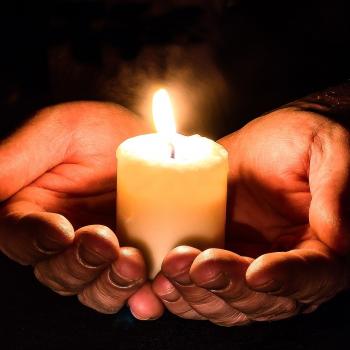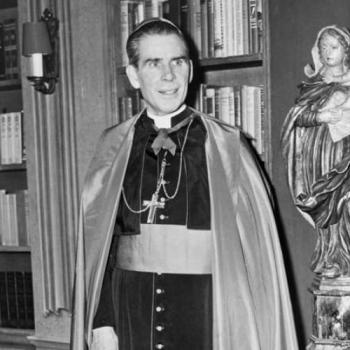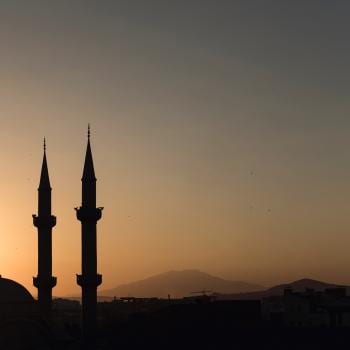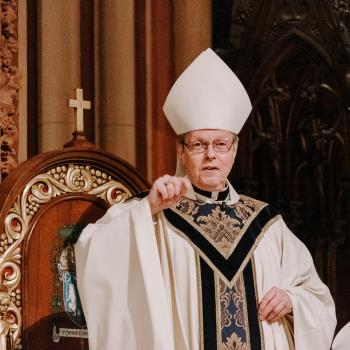It finally happened. Details:
The Rev. Mark Lewis awoke early on the last morning of his life as an Anglican priest and dressed in a suit and tie instead of his usual priestly regalia. That’s different, he thought, for the first of many times on a day when so much was different for St. Luke’s, the small Episcopal church in Maryland where Lewis had been rector since 2006.
On Sunday — with Lewis wearing lay clothing and sitting with St. Luke’s parishioners inside the Crypt Church at Washington’s Basilica of the National Shine of the Immaculate Conception — most of the parish from Bladensburg converted to Catholicism.
In doing so, St. Luke’s became the first Episcopal church in the United States to convert under new Vatican rules meant to attract curious Protestants.
“This truly is a historic moment,” said Cardinal Donald W. Wuerl, the archbishop of the Roman Catholic Archdiocese of Washington, who led Sunday’s conversion Mass, which he called “a joyful moment of completion.”
Fifty-eight of St. Luke’s roughly 100 parishioners were confirmed at the applause-filled Mass, during which they were anointed by Wuerl — one by one, old and young, white and black.
Osita Okafor, a 56-year-old Nigerian immigrant, found himself first in line before Wuerl for the rite of reception. His reaction? “Oh, my God, I must be blessed.”
UPDATE: You can read Cardinal Wuerl’s homily from the Mass right here.
UPDATE II: There’s been some debate about whether this parish was, indeed, the first to be received into the Catholic Church this way. I asked Fr. Scott Hurd (an FOB quoted in the article) for clarification. He wrote:
Here’e the clarification: St. Luke is the first Episcopal parish to take this step under the provisions of Anglicanorum coetibus. The Fort Worth group was the first group to be received, in anticipation of an ordinariate. However, that group was comprised of people from a number of different Anglican communitite/parishes.












